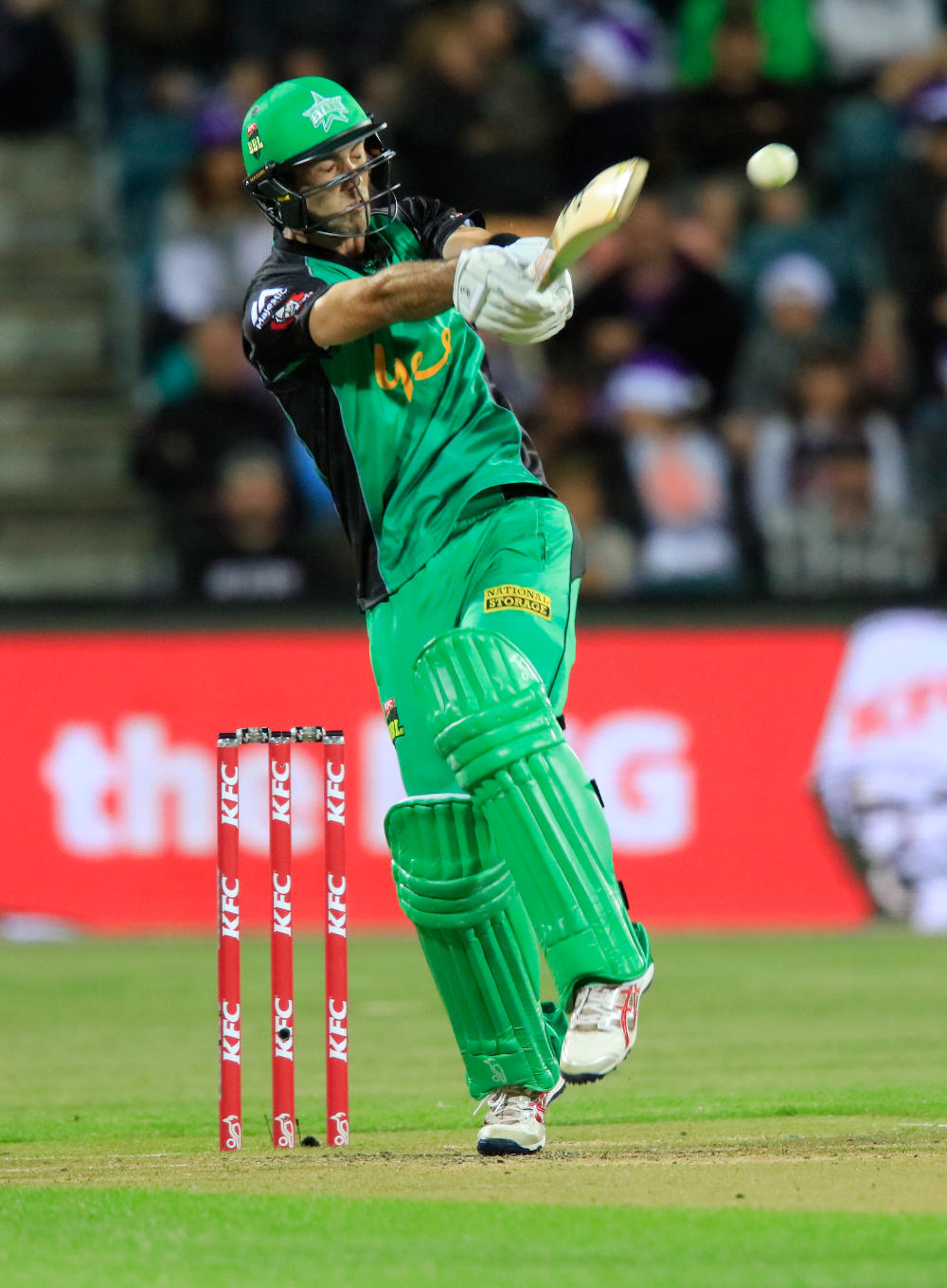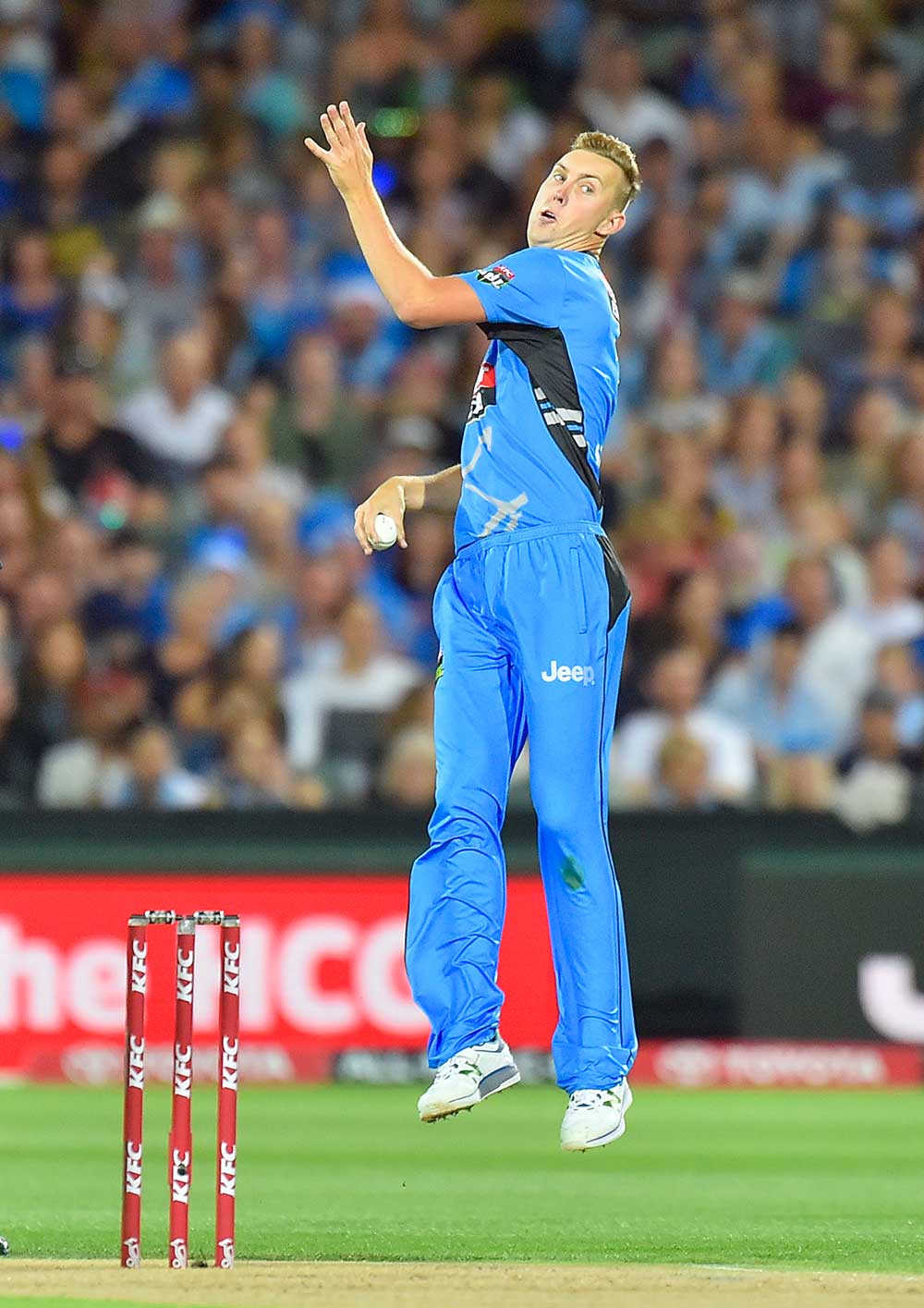The Big Bash is an all-conquering sporting force over the month-and-a-bit it runs. As Cricket Australia negotiate a new broadcast agreement for the tournament (and the internationals) over the winter, they will do so from a position of incredible strength.
But we can’t take success as a sign that we shouldn’t change things. The status quo simply cannot remain – tinkering is life.
As someone, somewhere (probably) said, “if it aint broke, let’s fix it anyway, because why not?”
Here are five ways to improve the Big Bash.
1. Give January to the Bash
This isn’t a new idea; I’ve seen it plenty of times on Twitter over the course of BBL06.
There is an inherent tension between domestic and international cricket, but one that has been largely one way: international cricket taking precedent. The success of the Bash, and the flailing mediocrity of one-day internationals as a spectacle, will soon force cricket’s hand.
Most of Australia’s best and highest profile cricketers didn’t face or bowl a ball between them over the six-week tournament. David Warner, Steve Smith, Usman Khawaja, Mitchell Starc and Josh Hazlewood were all fully occupied. Chris Lynn, Travis Head, Mitch Marsh, Pat Cummins and Glenn Maxwell are some of the best T20 players in the world, but played less than half of the tournament.
There is no reason why ODIs are scheduled in January. It’s just how it is. With the Bash now commanding as much, if not more, of the nation’s attention span over the overlapping period, it is time to give the shortest form a clear runway in the peak of the summer.
Let’s move the ODI summer from January to February.
Last week it emerged the Big Bash would expand by ten games next season, with the eight sides having an extra home game each. It will be difficult to squeeze those games into the current window; adding a Christmas Day game, and an extra double header or two won’t be enough. Perhaps this is already on the whiteboard at BBL HQ?

2. Up the international player quota to three per team
There have been some outstanding current domestic players in this tournament. The emergence of Mitch Swepson from the Brisbane Heat; the entire Perth Scorchers line-up taking names, as they always do; Ben Dunk saved Adelaide from outright embarrassment more than once; and Daniel Hughes from the Sydney Sixers went well too.
Equally, some players were a little off the pace. Generally, these were the ‘former international, now domestic T20 only’ class. These guys – Shaun Tait, Brad Haddin, Ben Hilfenhaus – looked a yard or two off the pace for much of the tournament. There were plenty of other domestic players who weren’t up to the best the tournament had to offer.
Part of this is the temporary nature of the competition. It’s wedged in between the first-class season, and the teams only get access to their players around a week before the tournament gets underway. For players who aren’t already playing regular top-flight cricket, the first weeks of the tournament are as much about finding their feet as performing at their peak.
It hurts the quality of the cricket, across the three disciplines. This was particularly evident in the field this season, with countless dropped catches, missed run outs and poor outfielding.
One way to lean against this would be to up the international player quotient, from two per team to three. Generally speaking, the international players selected by the eight BBL teams have been able to perform from minute one – save those of West Indian origin. Giving the teams access to an extra slot would up the standard of cricket, take some pressure off of the domestic player pool, and allow those who are good enough more opportunities to learn from the best.
An ideal time to do this would be when the league inevitably expands. If two extra 18-man teams were added, the BBL player pool would expand by 36; upping the international player quota to three would mean 14 new internationals (one for each existing team and three for the two new sides) and 22 domestic players.
3. Remove bowling restrictions
Like the January ODI window, there’s no real reason why there is a four-over limit on the number of overs a single bowler can send down in T20 cricket. One assumes it’s simply an interpolation of the ten-over limit for 50-over cricket.
It means teams are forced to use part-time bowlers or turn to a plethora of all-rounders who aren’t quite elite batsmen or bowlers. Perth Scorchers aside, every other team could do with some extra help in the bowling department.
Domestic T20 leagues are subject to the official Laws of Cricket, but I understand each domestic governing body is able to modify these general laws as they see fit. Law 12.8 is “Number of Overs per Bowler” – it is set as a maximum of four overs in Cricket Australia’s Domestic Playing Conditions document for the Big Bash. If I were the Cricket Australia board, I’d consider removing the limit altogether.
It would allow the clubs to pick the best bowlers, and have them bowl more of the overs. Clubs would have the freedom to continue to pick all-rounders to have variety in their line ups, or go to the other end of the spectrum and pick two elite specialist bowlers to bowl the full 20. I’d guess most teams would roll with three frontline bowlers and a better-than-part-time option.
While we’re at it…

4. Remove fielding restrictions
Why does the power play exist in T20? It was introduced into 50-over cricket to help batting sides get off to fast starts, or indeed to incentivise them, rather than conserving wickets for a push at the end.
For T20 cricket, there’s no need to help teams get off to a fast start. Teams are ready to go from ball one.
Allowing opposition captains more flexibility in their fielding would make the game more tactical, and force batsmen to be smarter about the way their start their innings. Besides, the best games are the ones where the batsmen really have to work to score, not the 180-run chases where a team gets in trouble early.
Giving captains the tools to defend more tactically would help make the game more balanced between bat and ball.
5. More fireworks
That one is self-explanatory.































































































